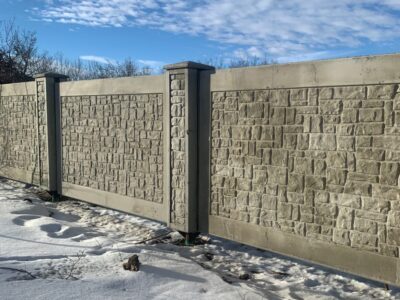Leaves start to blanket lawns across Rockville as autumn colors fade. These beautiful piles may seem harmless. Many homeowners rake them into corners or leave them for weekend cleanup, unaware that these piles can become perfect shelters for pests. Leaf piles provide warmth, moisture, and cover for pests to thrive. An understanding of which creatures hide there can help you protect your yard and home. Green Pest Services can also educate you about other attractants and hiding spots that pests can take advantage of. Check the company out at greenpestservices.net. Here’s who some pests can take advantage of leaf piles:
Rodents Find the Perfect Hideaway
Mice and rats look for warmth and materials to build nests when temperatures drop. A thick pile of leaves offers both, along with an easy escape route from predators. They may explore nearby areas, such as garages, sheds, or the gaps under decks, once they settle in. Rodents also use leaves to gather nesting material. They shred them and carry pieces inside walls, attics, or crawl spaces. Food sources in the wild become scarce in colder months, so rodents move closer to homes. Keep leaf piles away from your foundation to reduce the chances of these unwanted guests finding a path indoors.
Ticks Wait for Their Next Host
Ticks use fallen leaves to protect themselves from dry air and cold weather. They may climb onto deer, rodents, or pets wandering through your yard, eventually making their way inside your home. Ticks remain active in Rockville for much of the year. They can wait for passing hots using leaf piles near wooded areas or fences. Your pets can pick up ticks from these areas when they play outside. Maintain your lawn regularly and clear away piles of leaves to keep tick populations low around your property.
Fleas Nest in the Warmth of Decay
Fleas may hide in organic debris. A pile of damp, decomposing leaves provides them with warmth and humidity that help their eggs and larvae develop. They can deposit fleas in wild animals that rest in these piles. These fleas then stay behind and multiply.
Fleas that emerge as adults seek new hosts. Pets that pass near those leaf piles may pick up fleas and carry them indoors. The infestation can spread quickly from there. To reduce this risk, keep your yard tidy and use pet-safe preventive products during fall and winter. Remove piles promptly to cut off a common outdoor breeding ground for these biting pests.
Ant Colonies Build Under the Surface
Ants may seem inactive during cooler weather, but some species remain busy underground. Leaf piles help insulate soil and trap moisture, creating an ideal microclimate for ants to build or expand their colonies. Carpenter ants may use the protection of a leaf pile to stay close to rotting wood or decaying tree roots.
Worker ants venture out to look for food when temperatures rise slightly. A pile that sits near your foundation may allow foragers to come inside your home, following scent trails to crumbs or pet dishes. Keep leaf piles far from walls and remove them before rain to reduce moisture and disrupt their shelter.
Spiders Set Up Camp
Spiders are natural hunters and can get possible prey from leaf piles. Insects such as beetles, ants, and crickets take cover in the leaves, attracting spiders in search of a meal. Many species, including wolf spiders, prefer to burrow beneath the leaves.
Most spiders are harmless, but they can become a nuisance when disturbed. Some may look for better shelter and move indoors as winter approaches. Rake and bag leaves promptly to limit their outdoor population and reduce the number that end up inside.













Comments